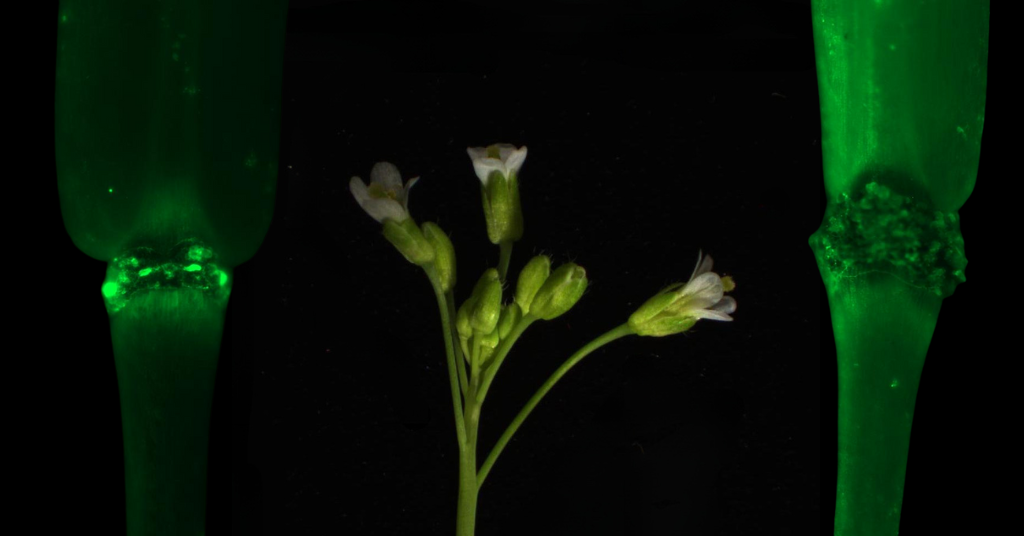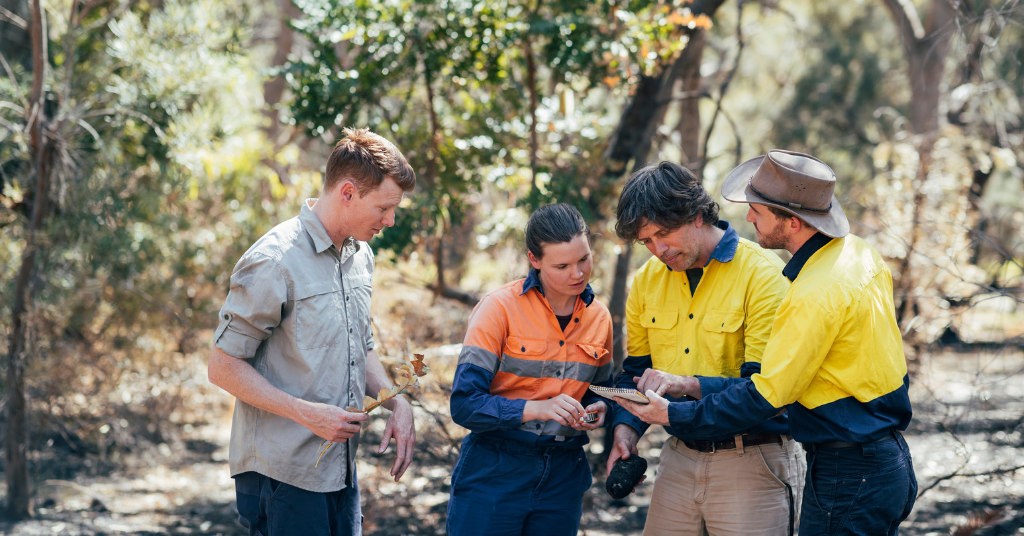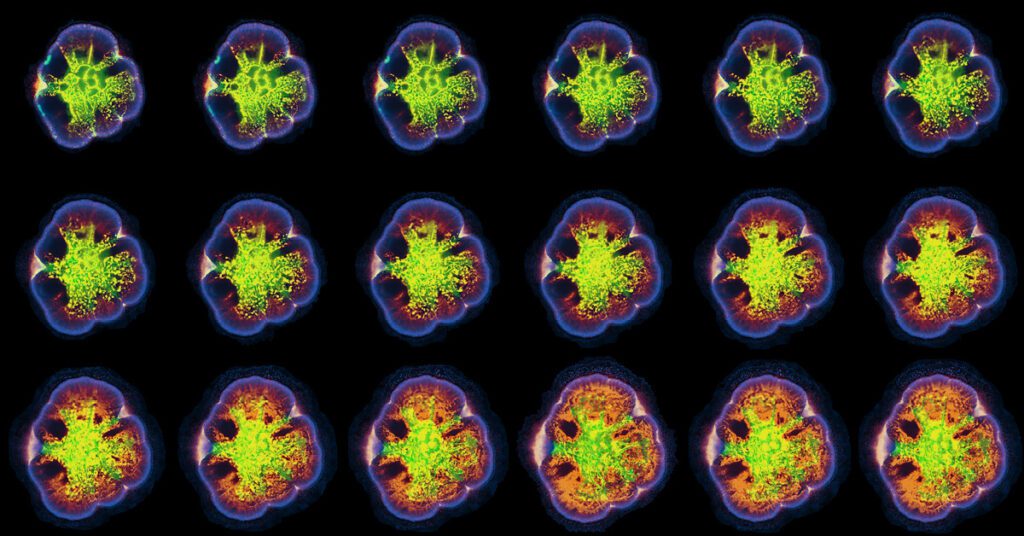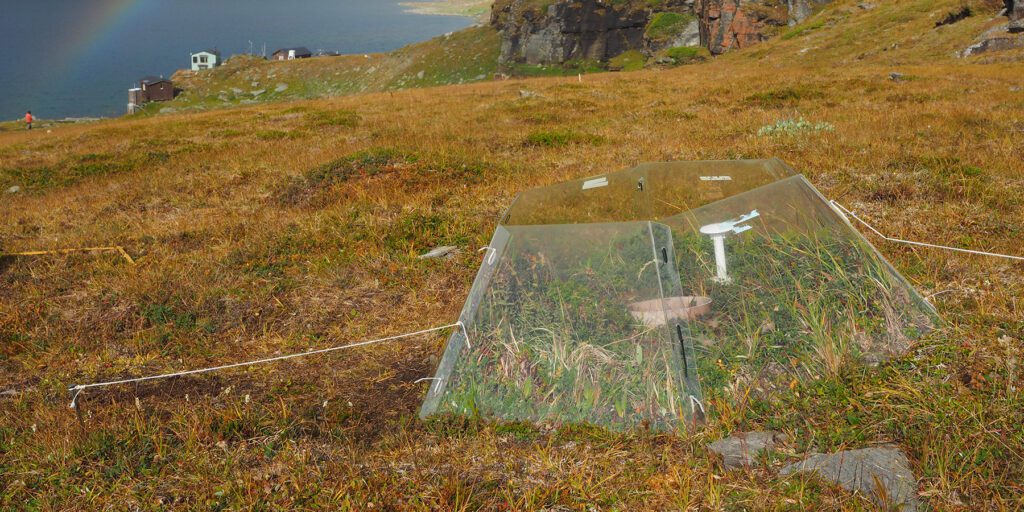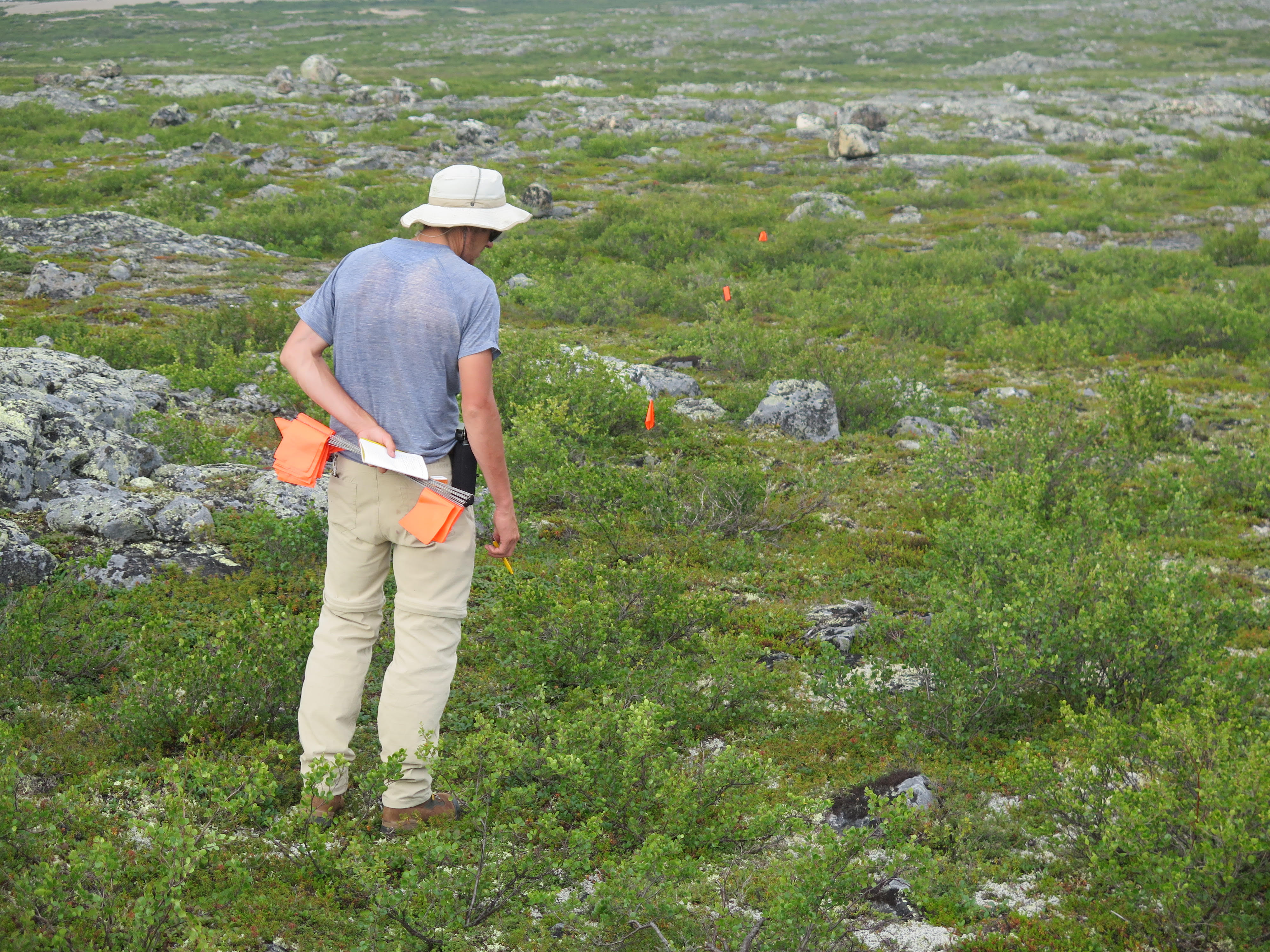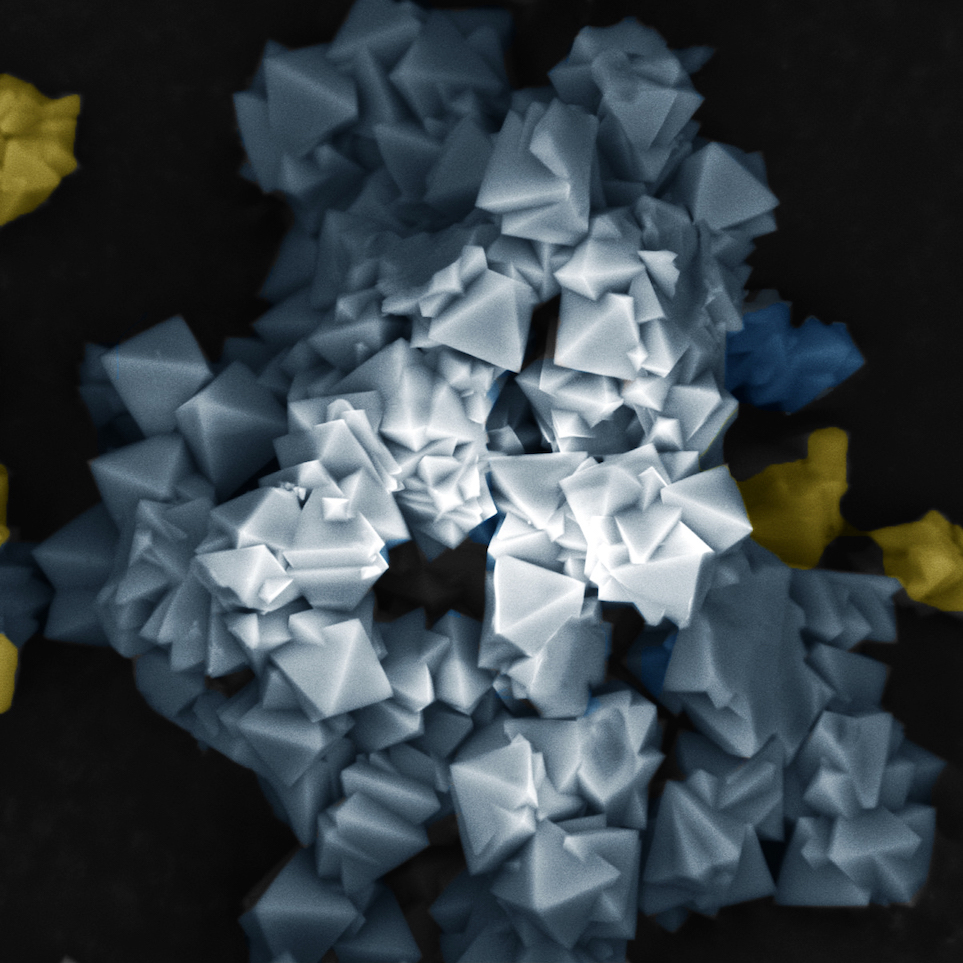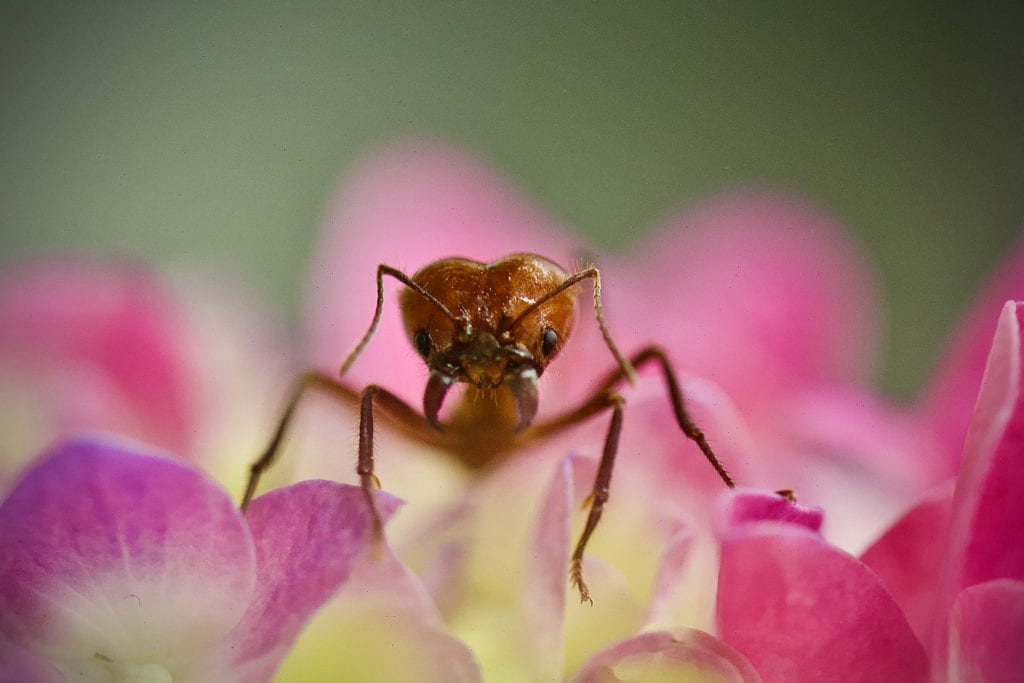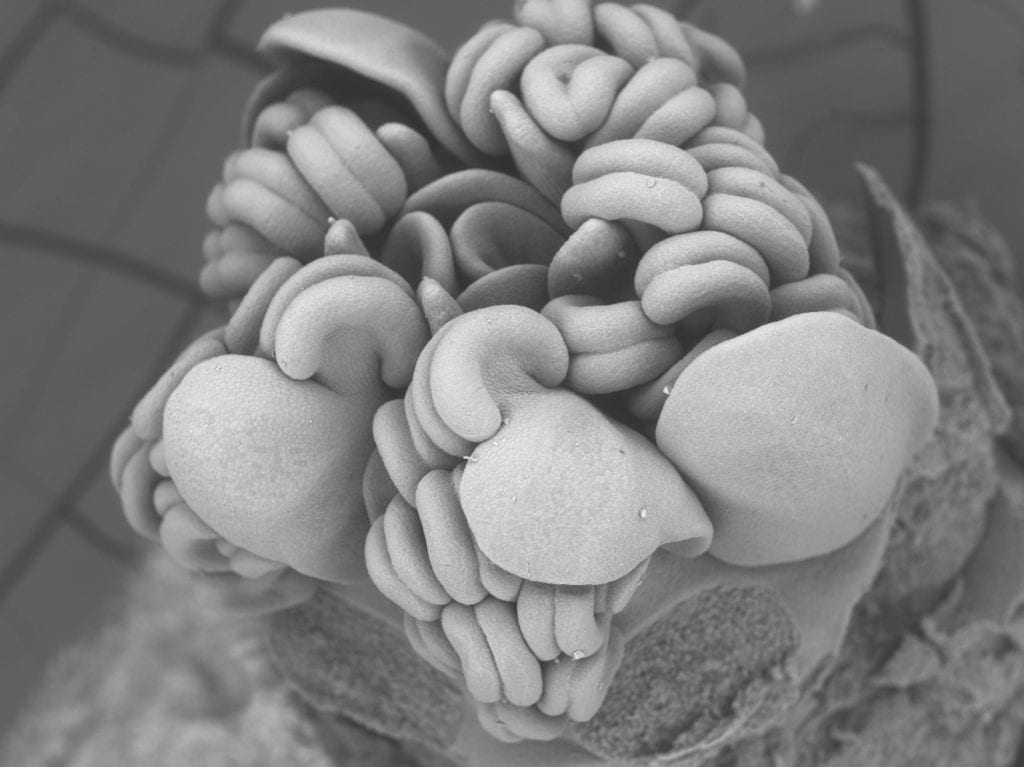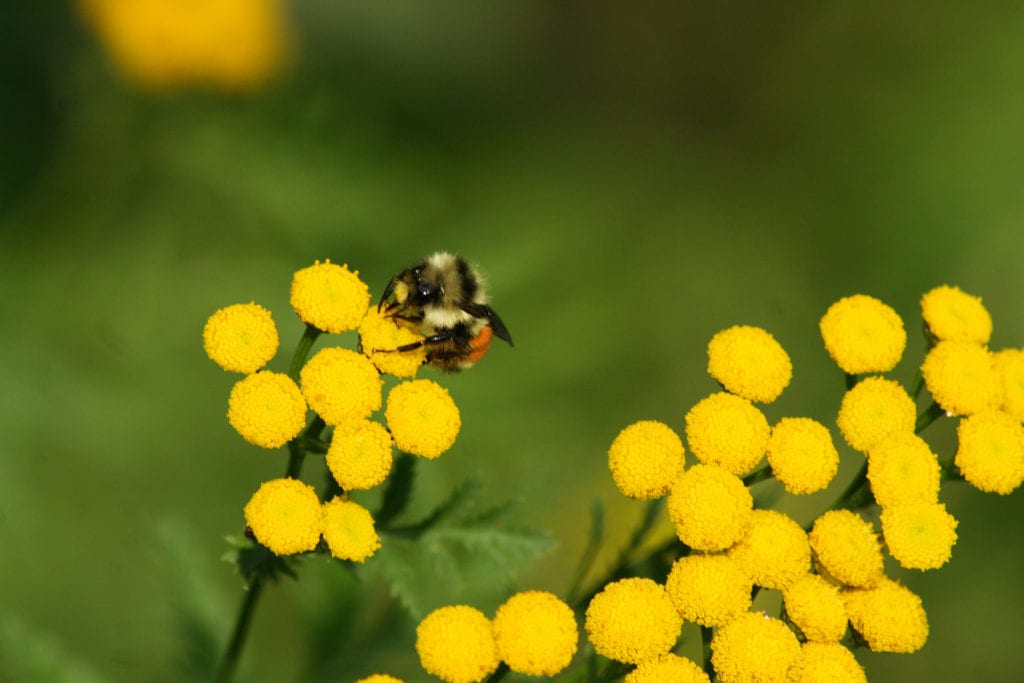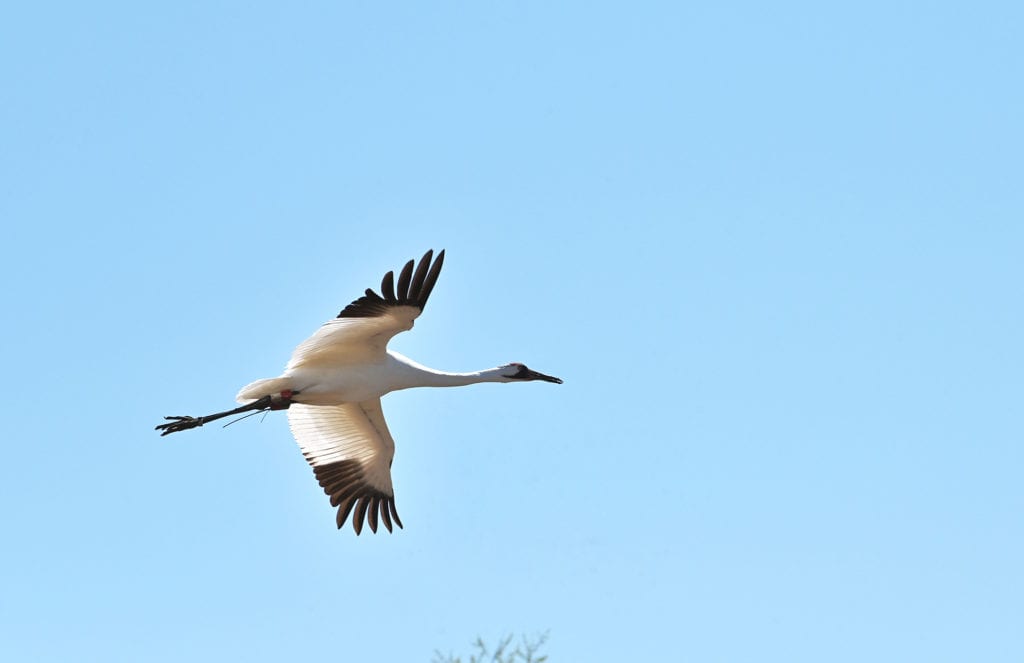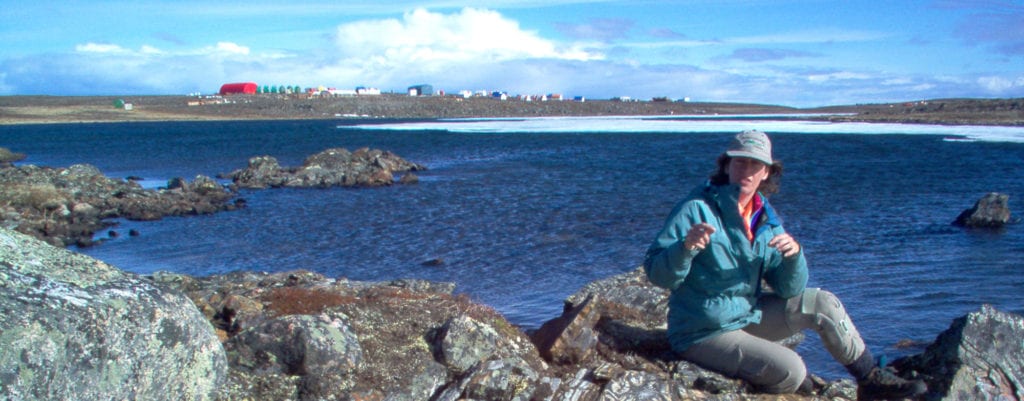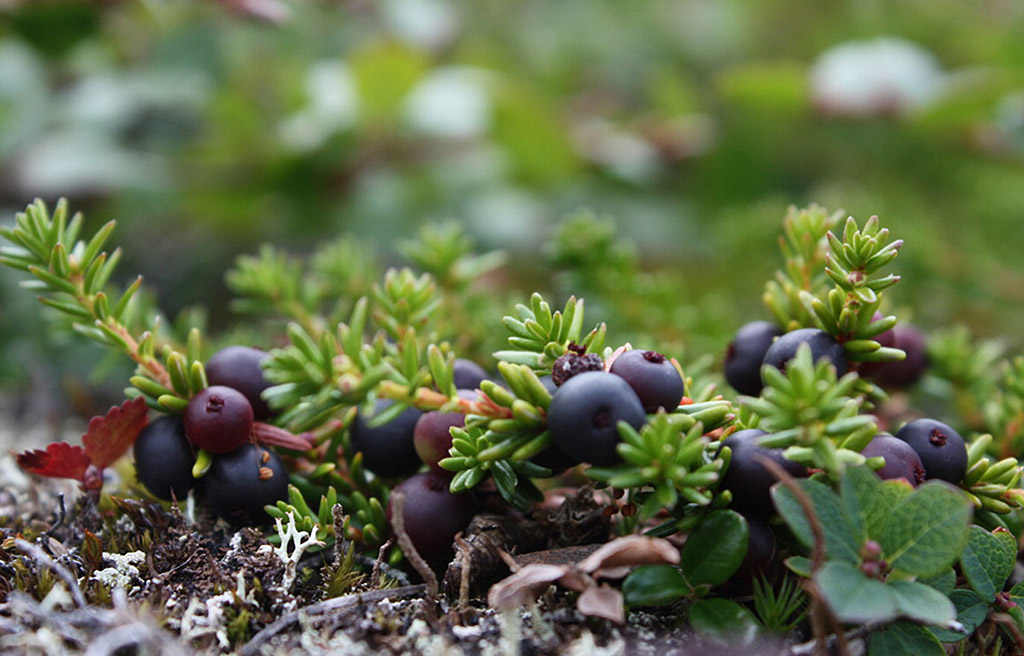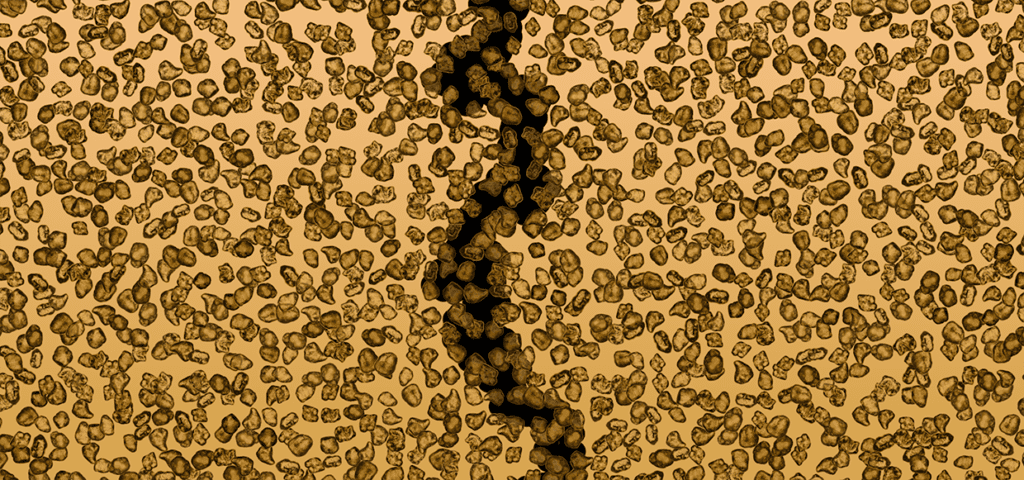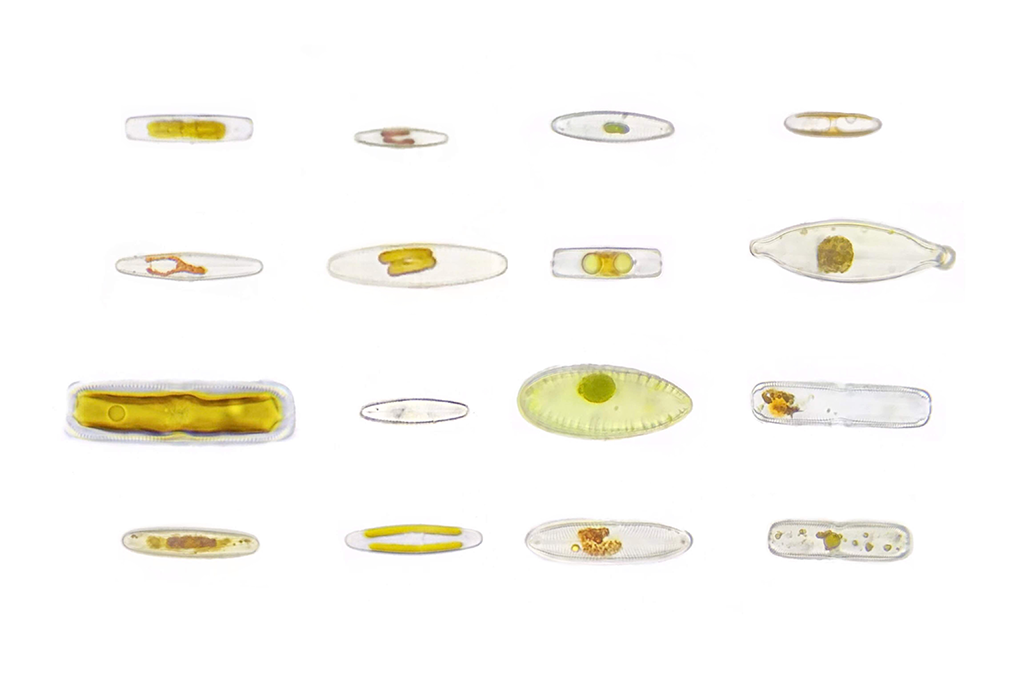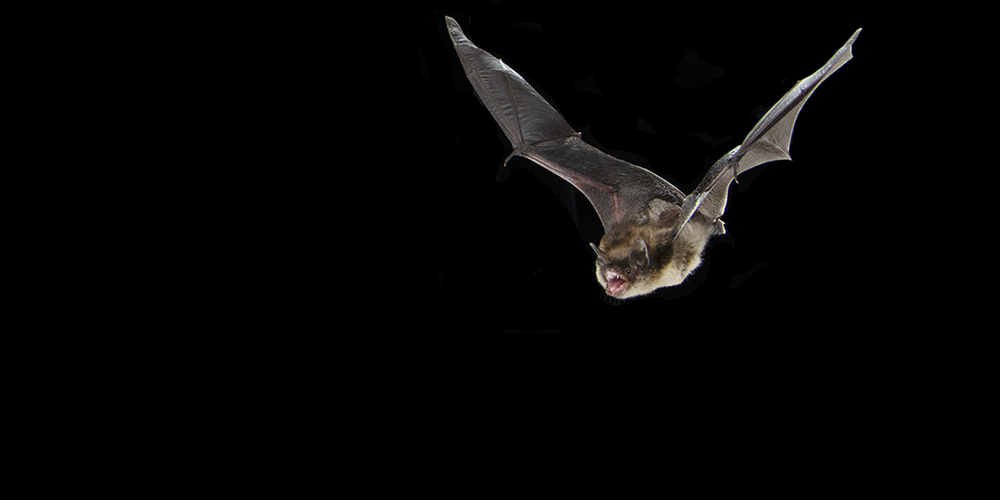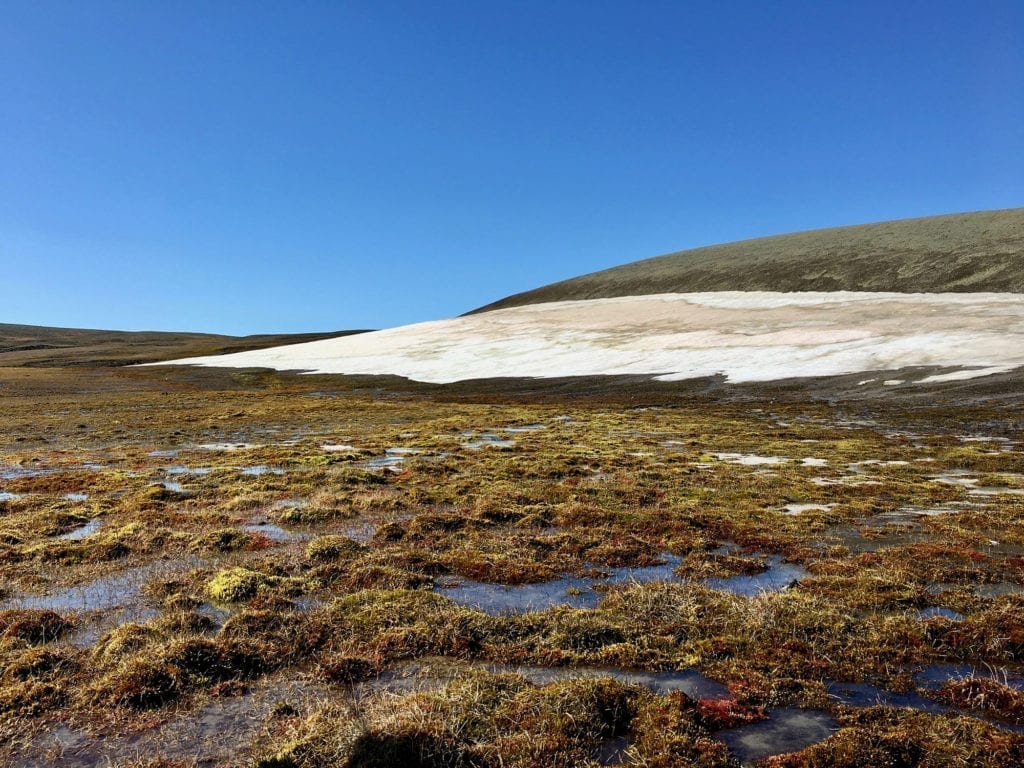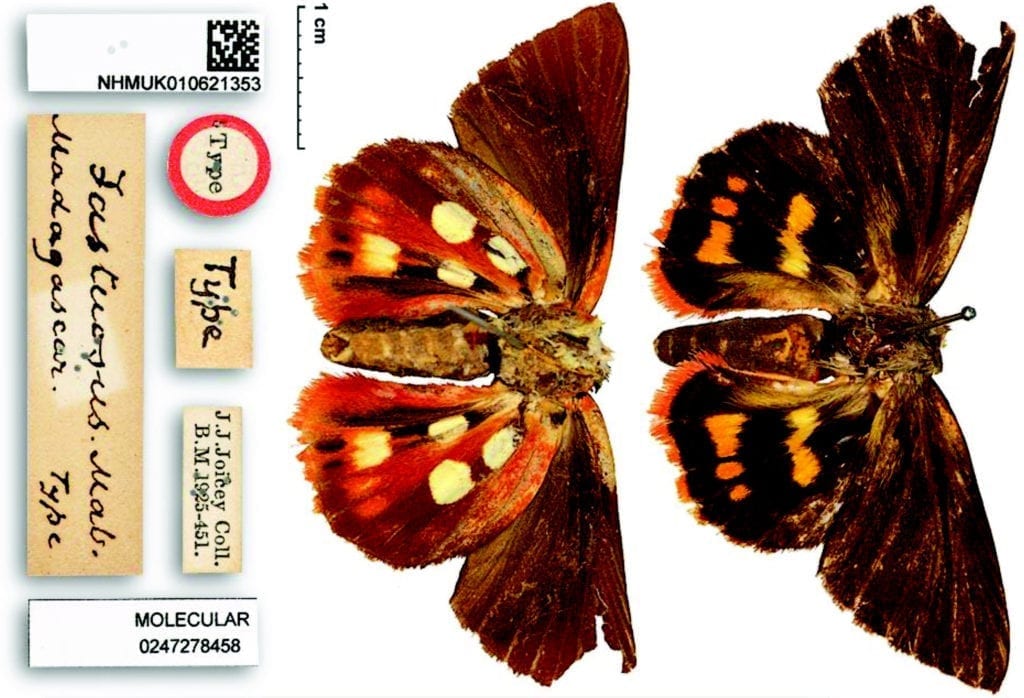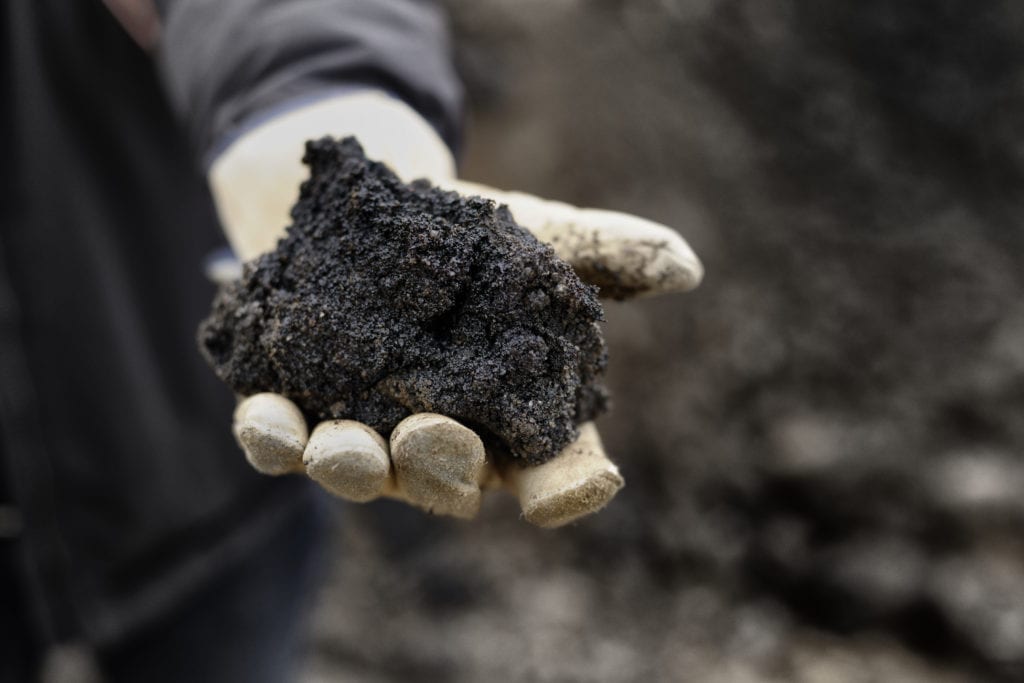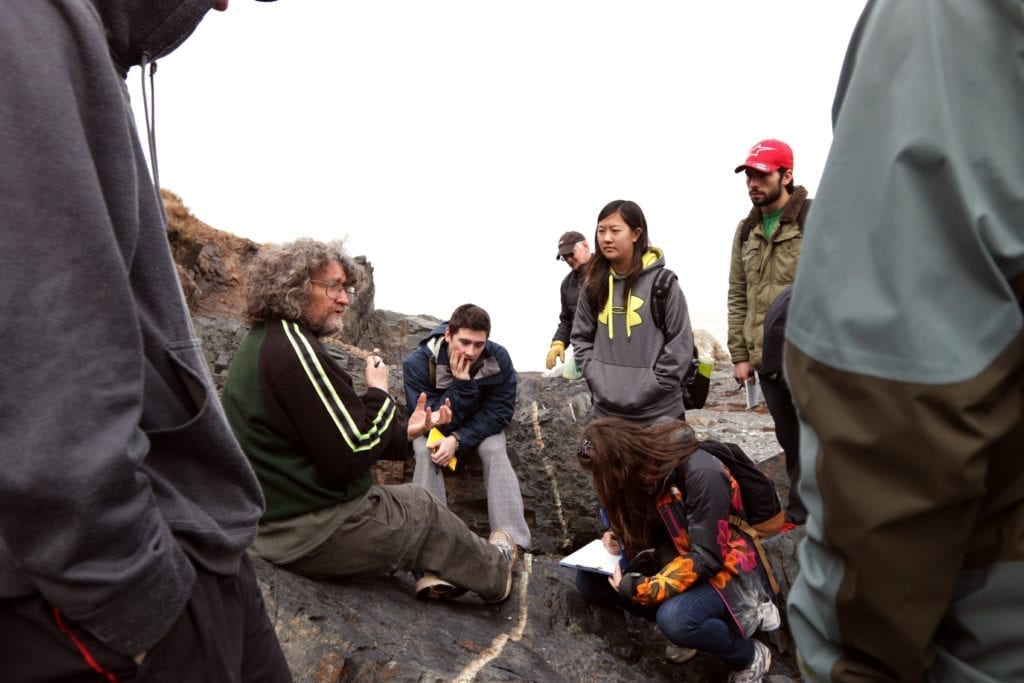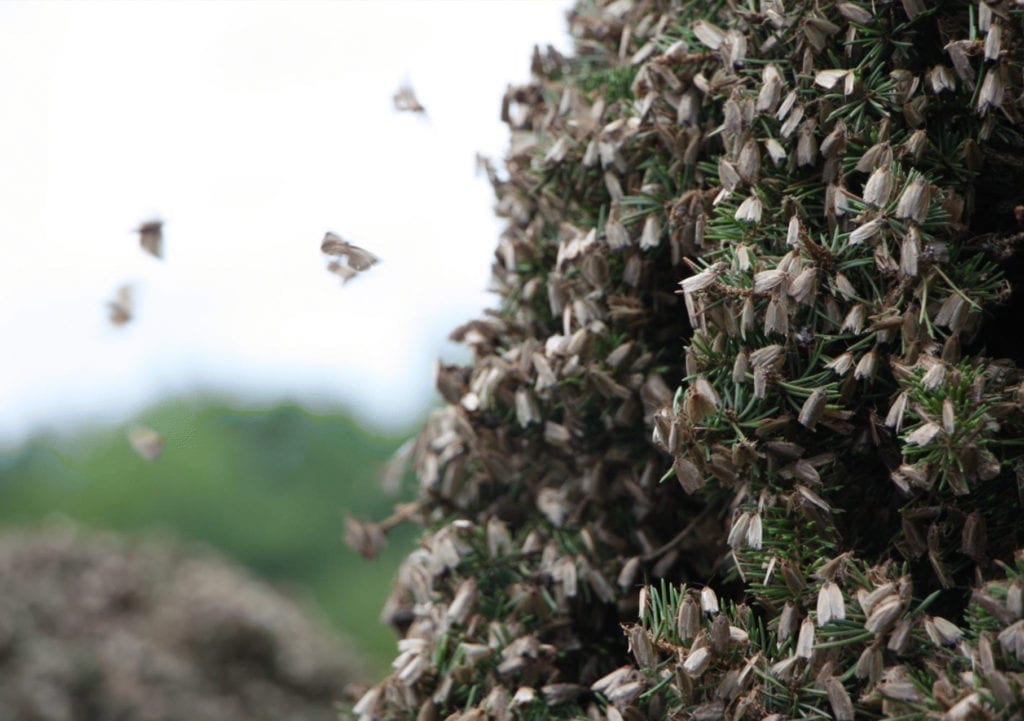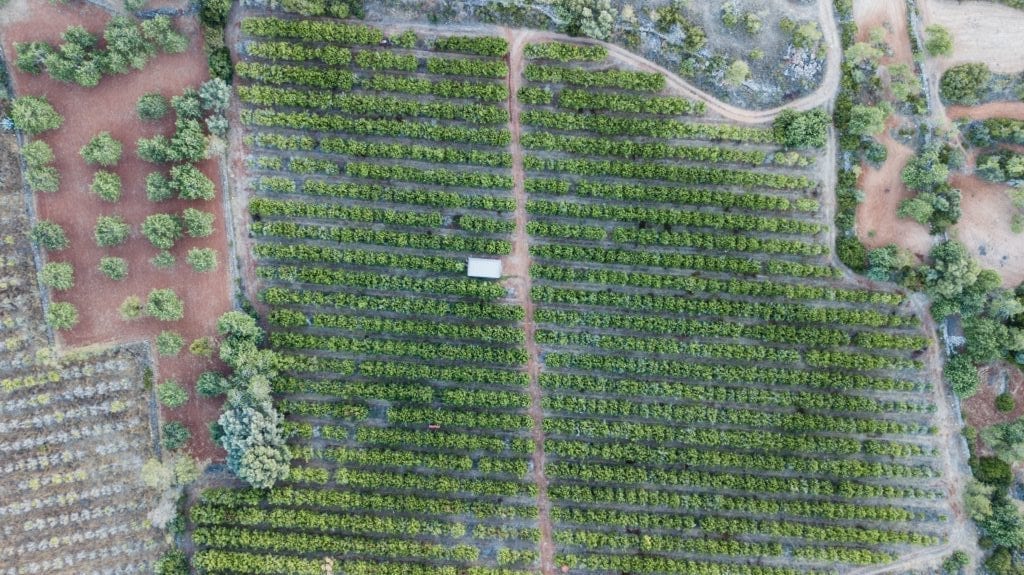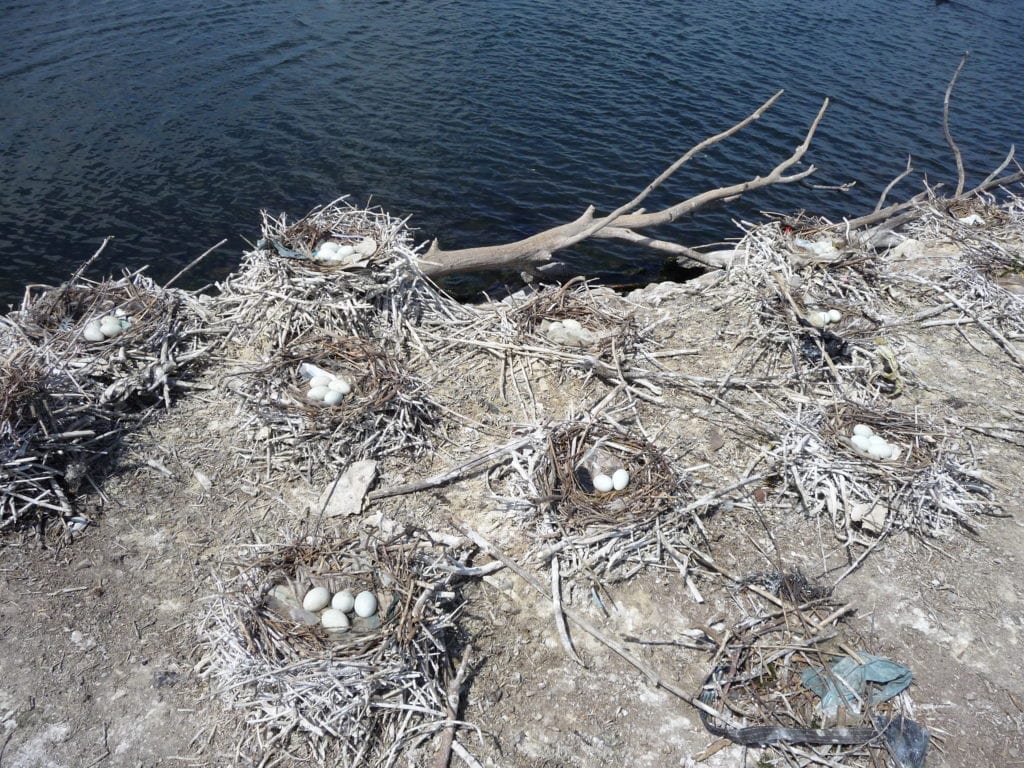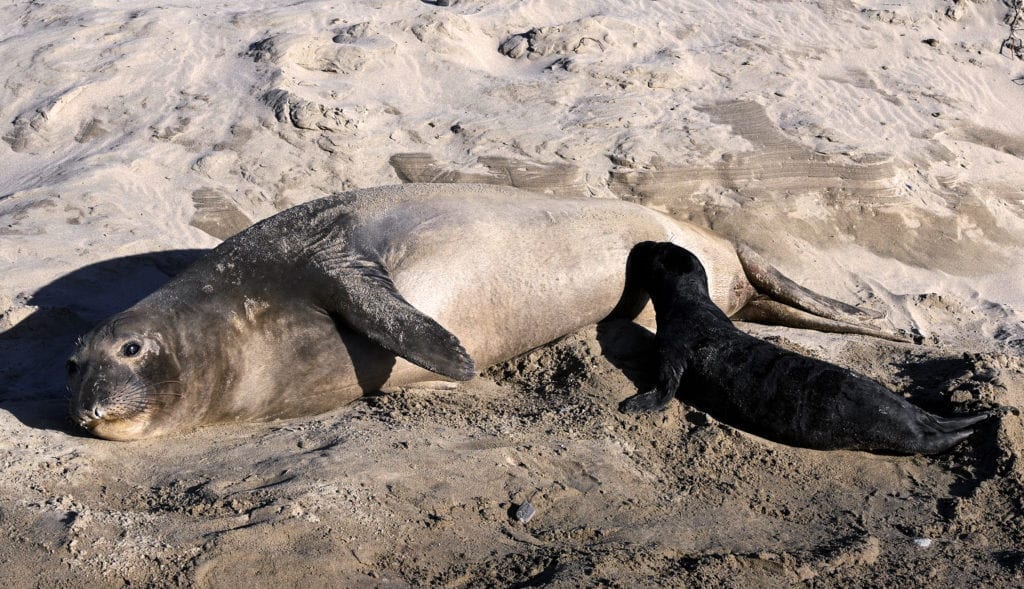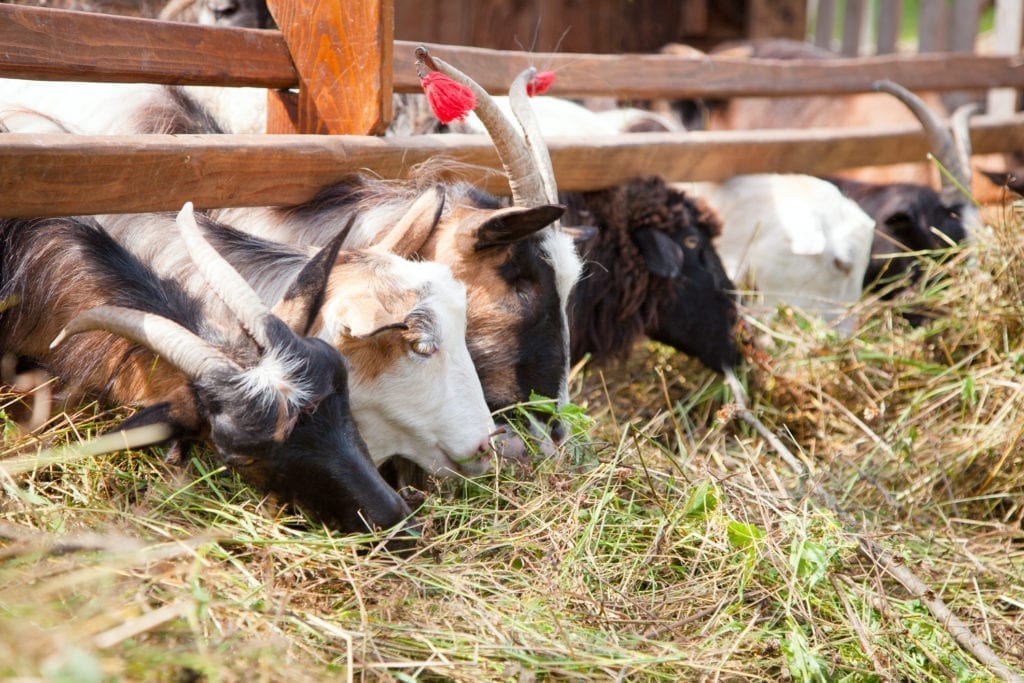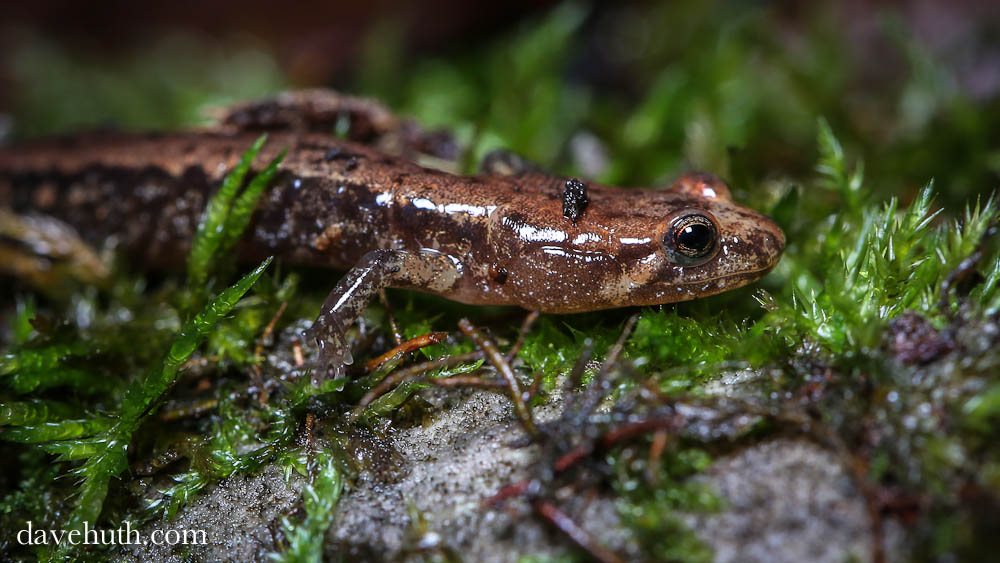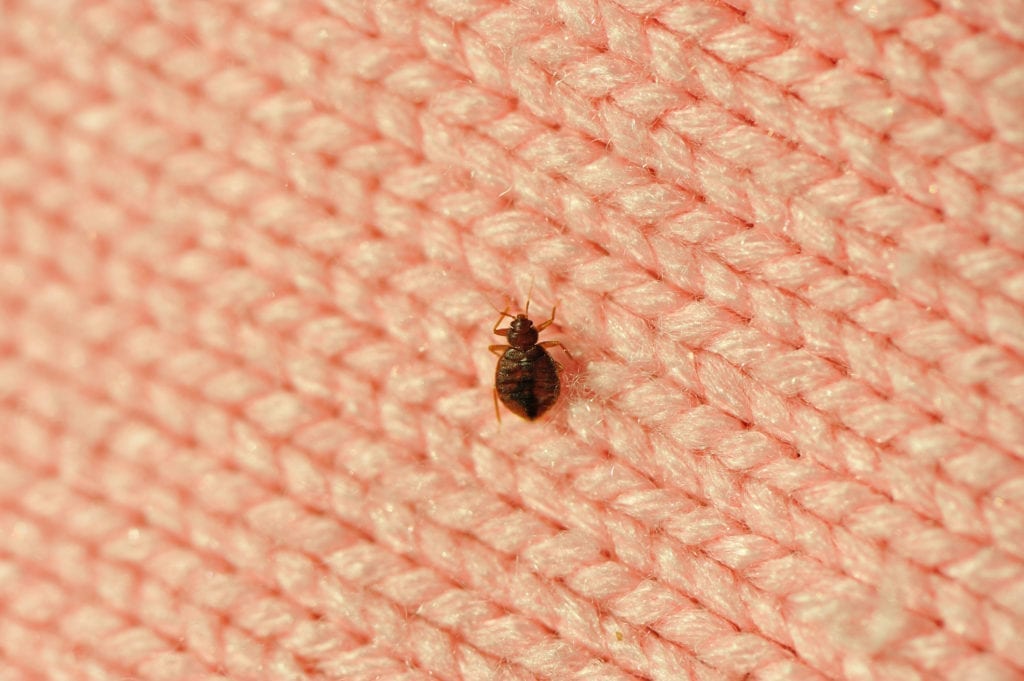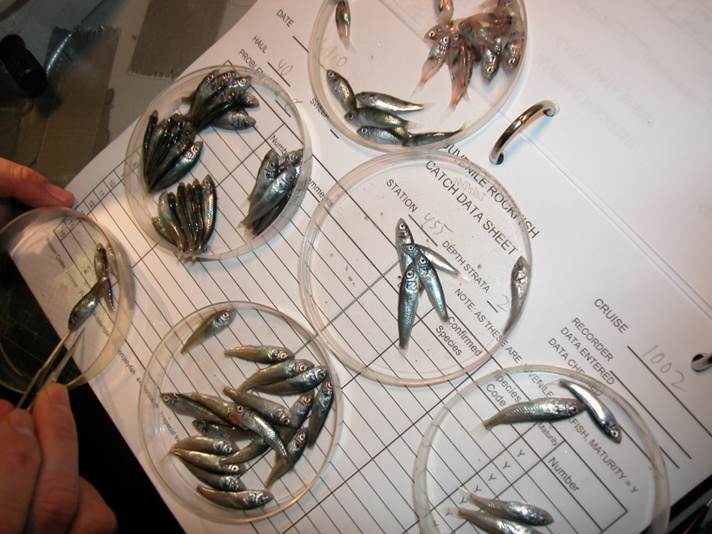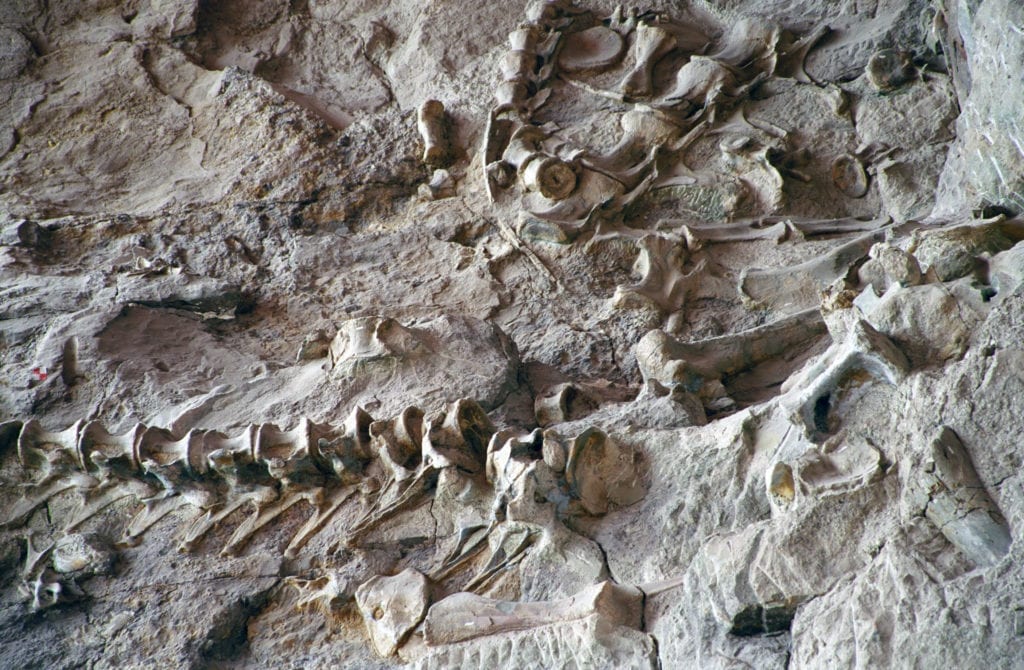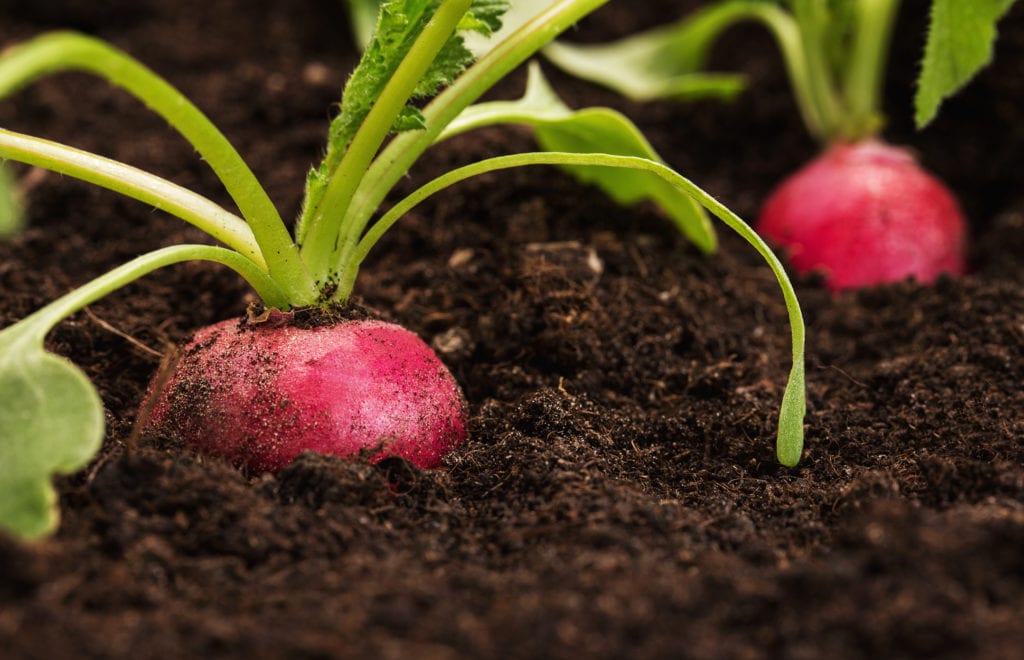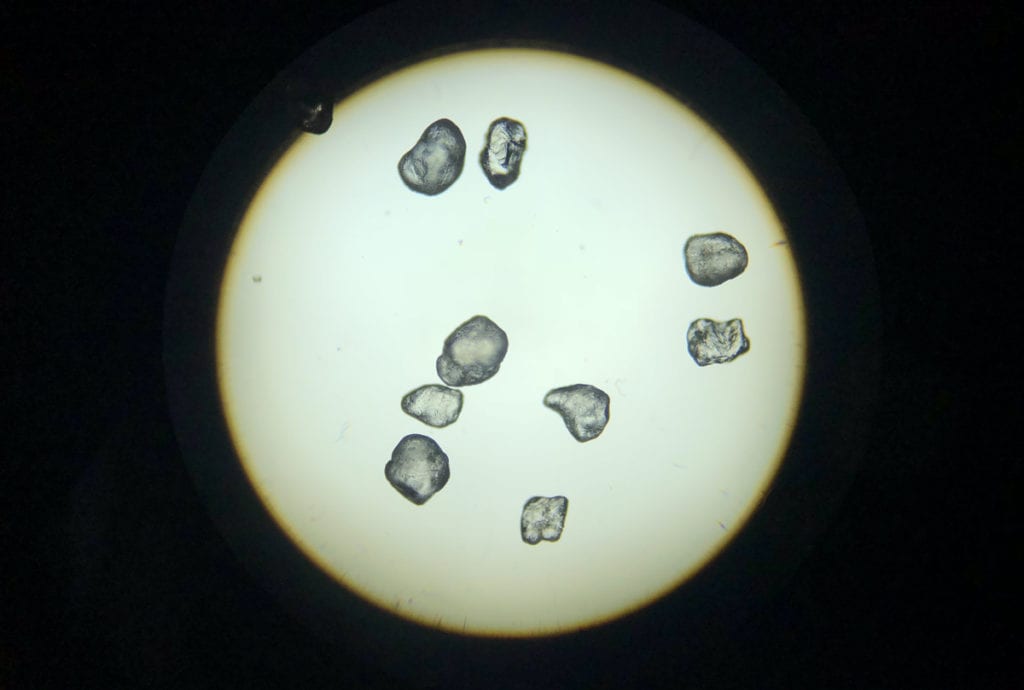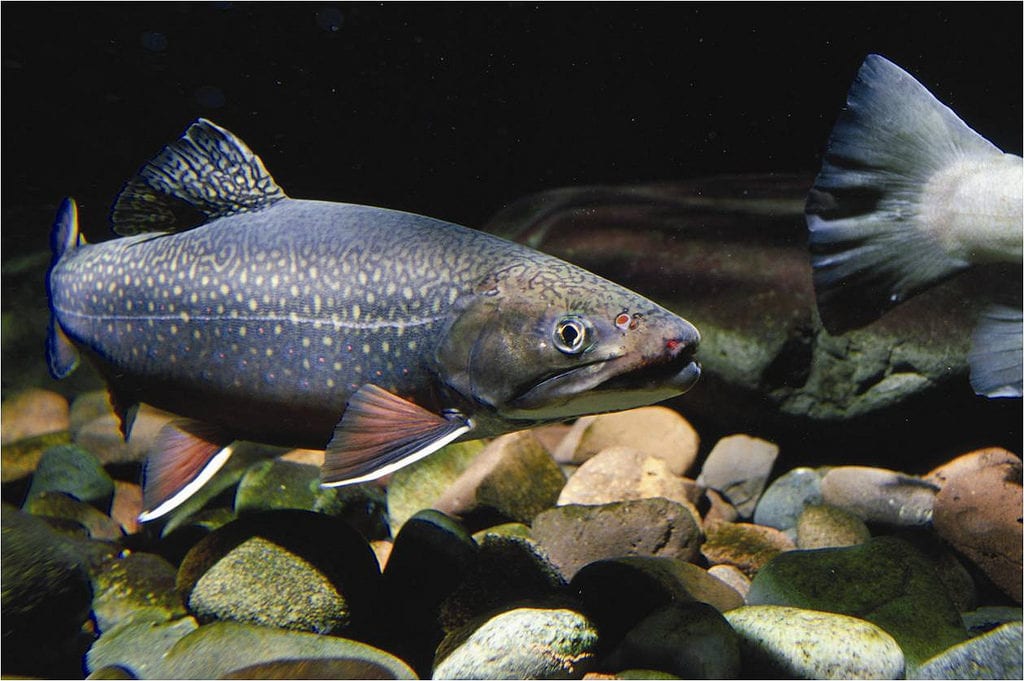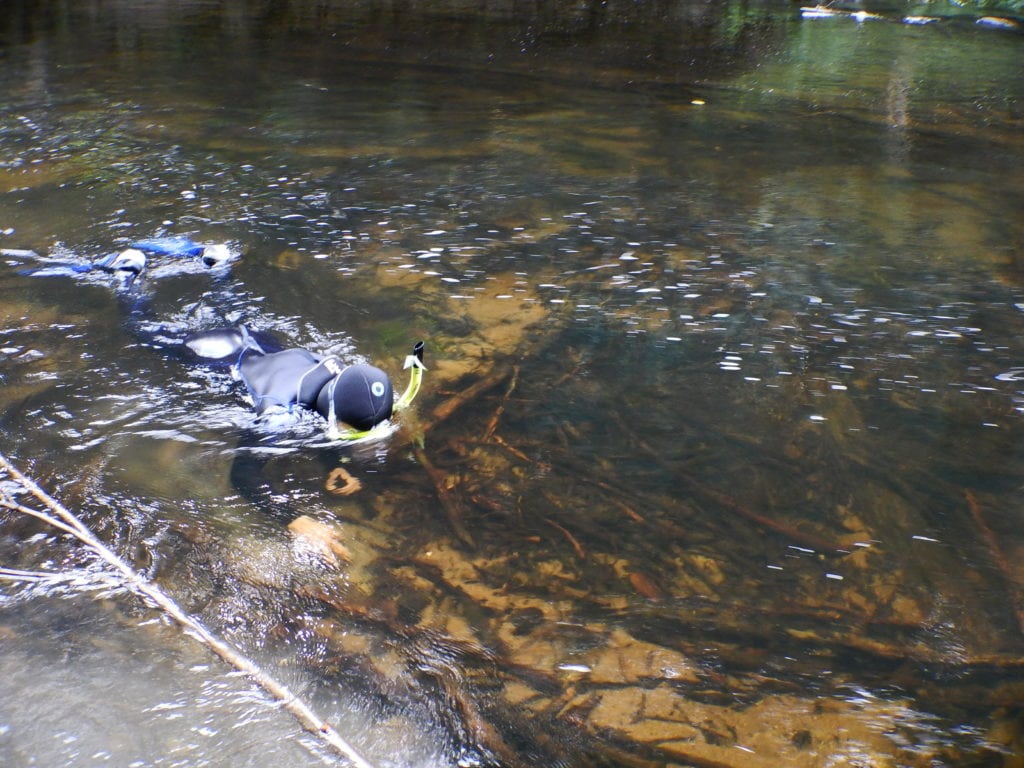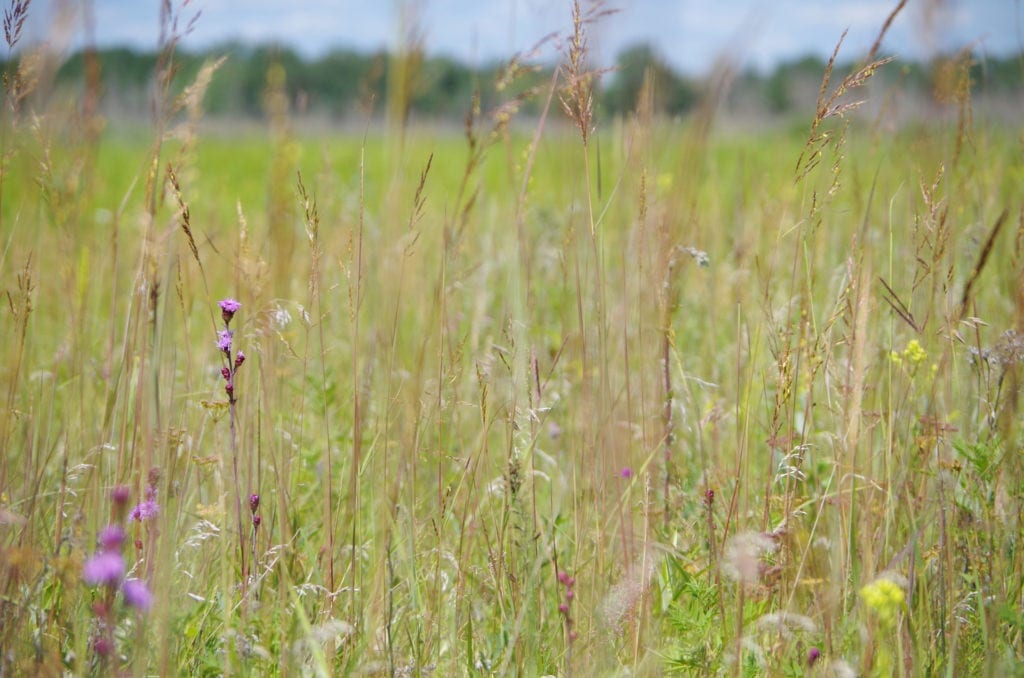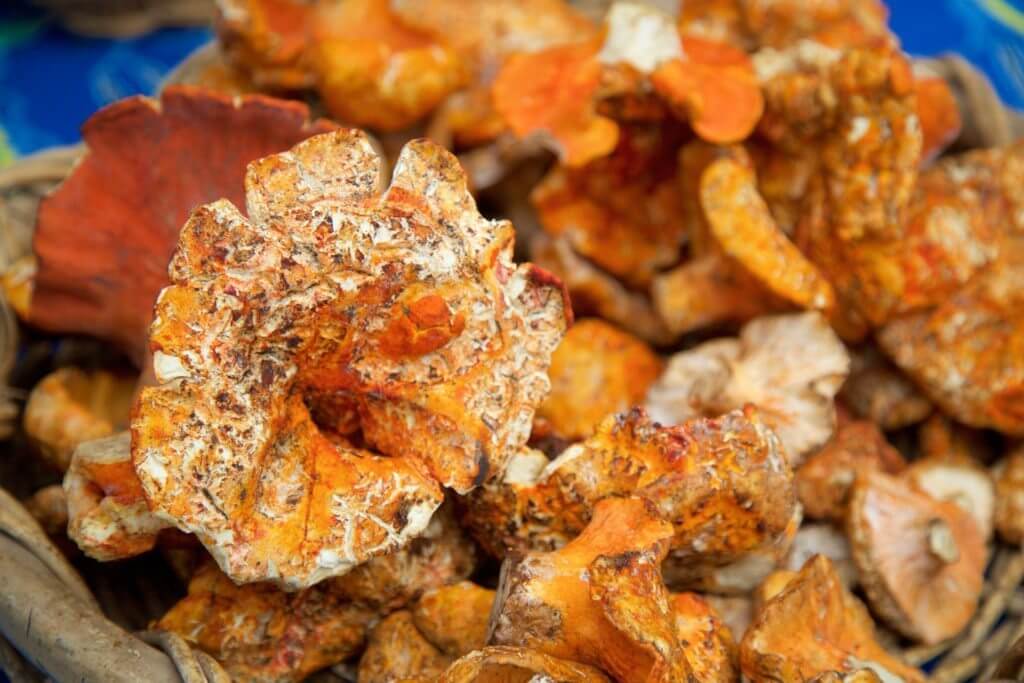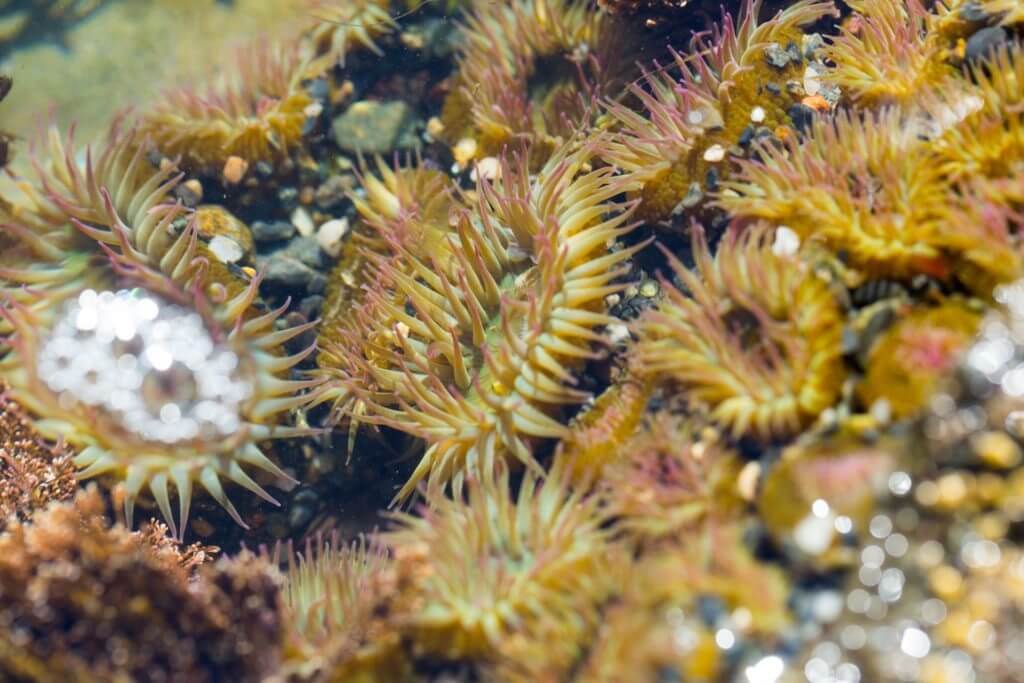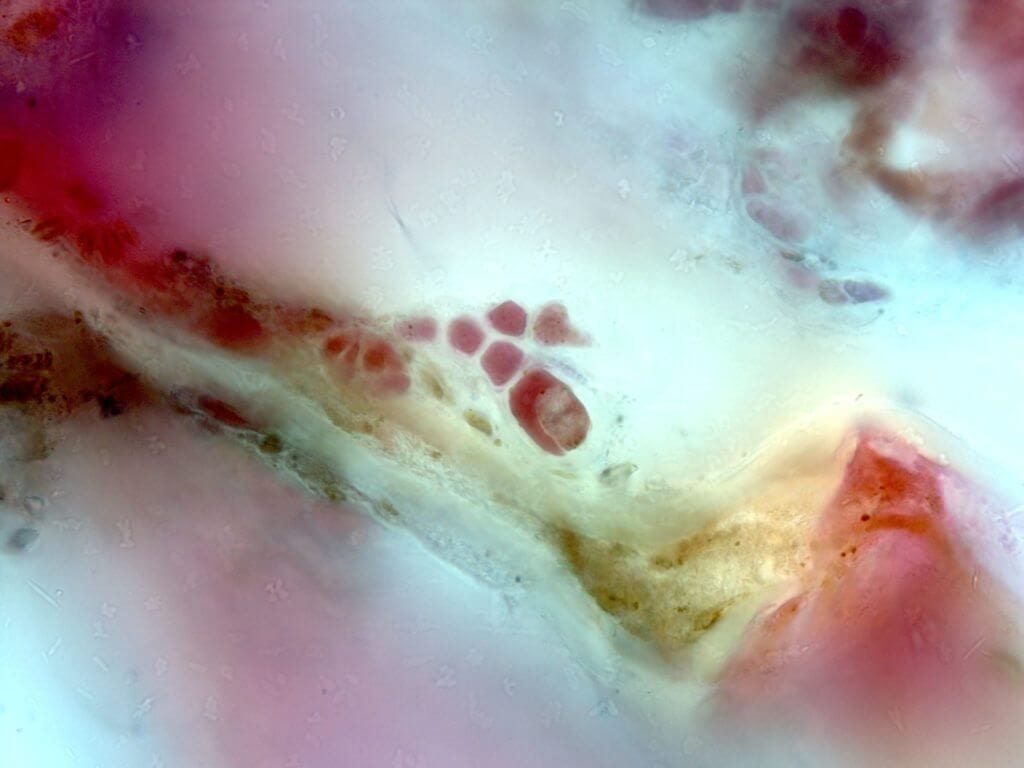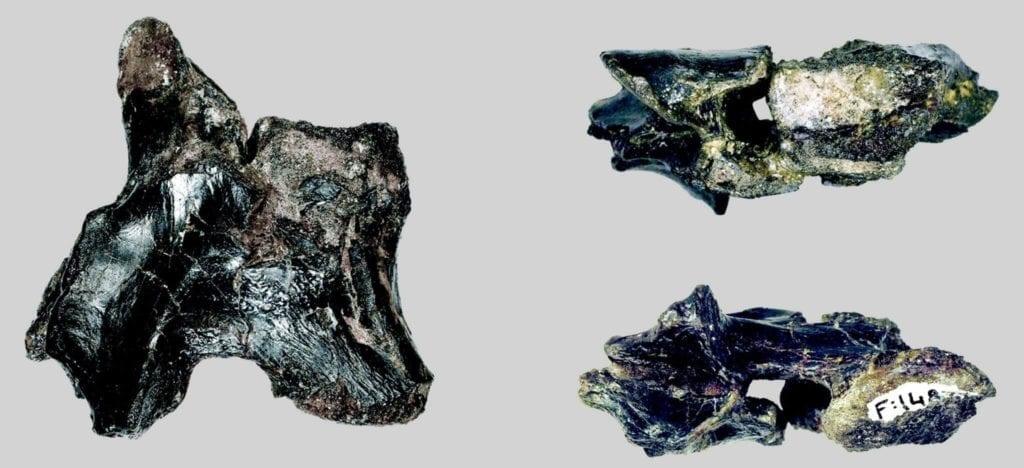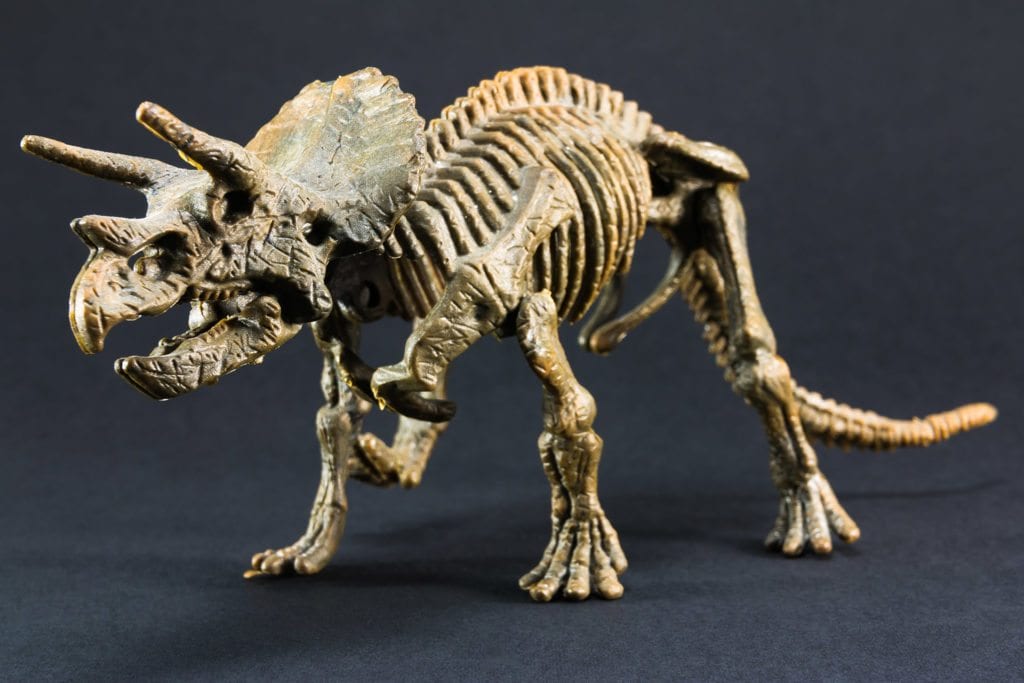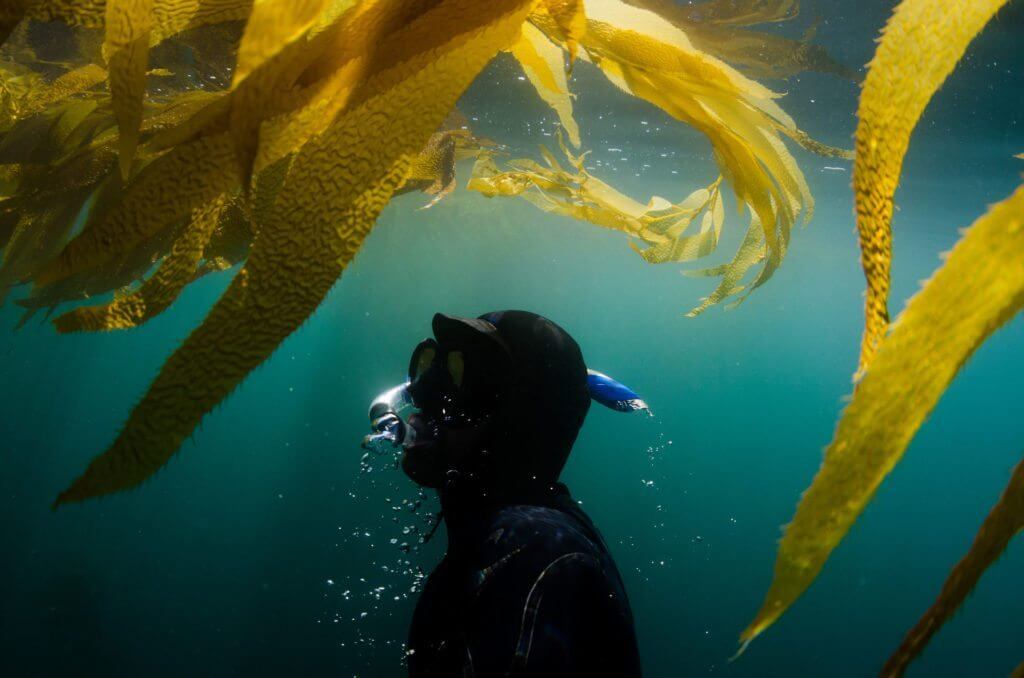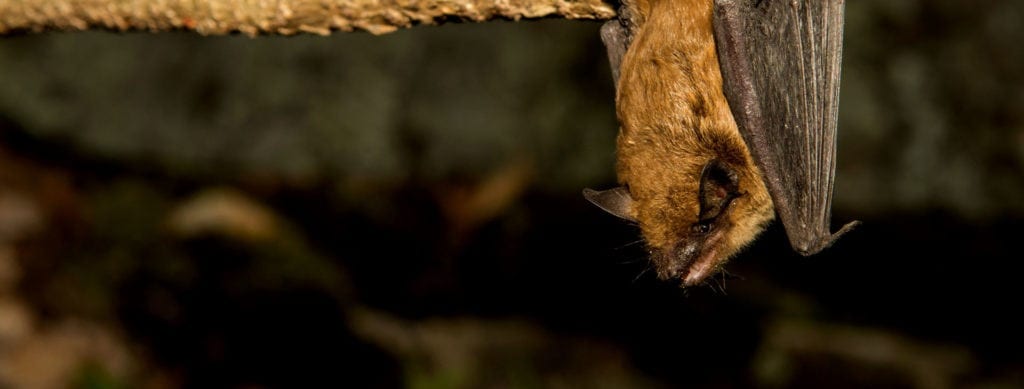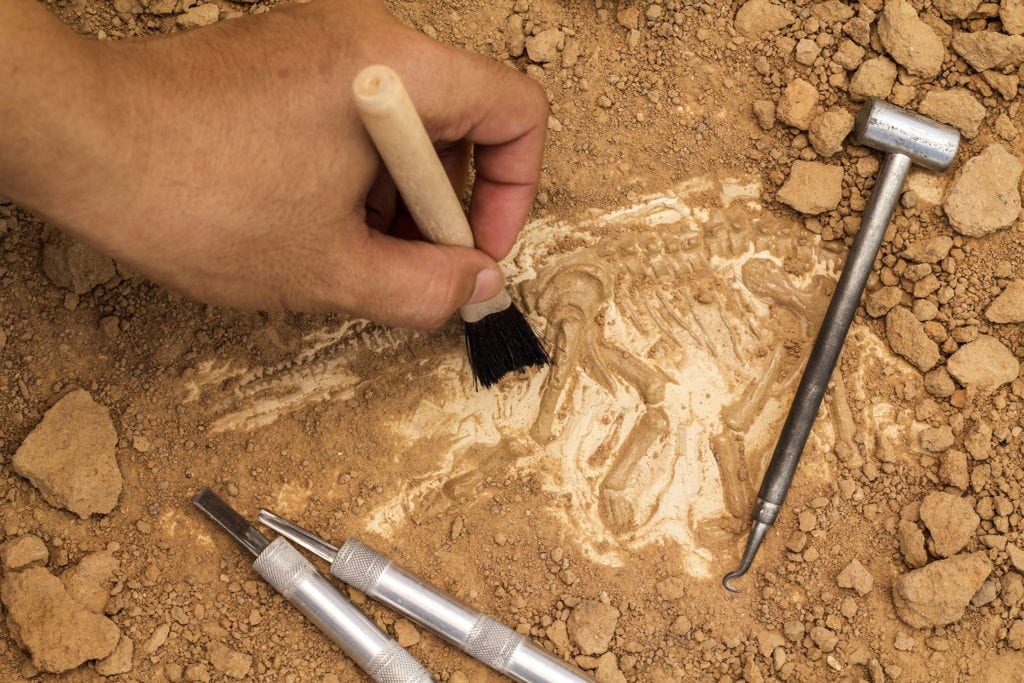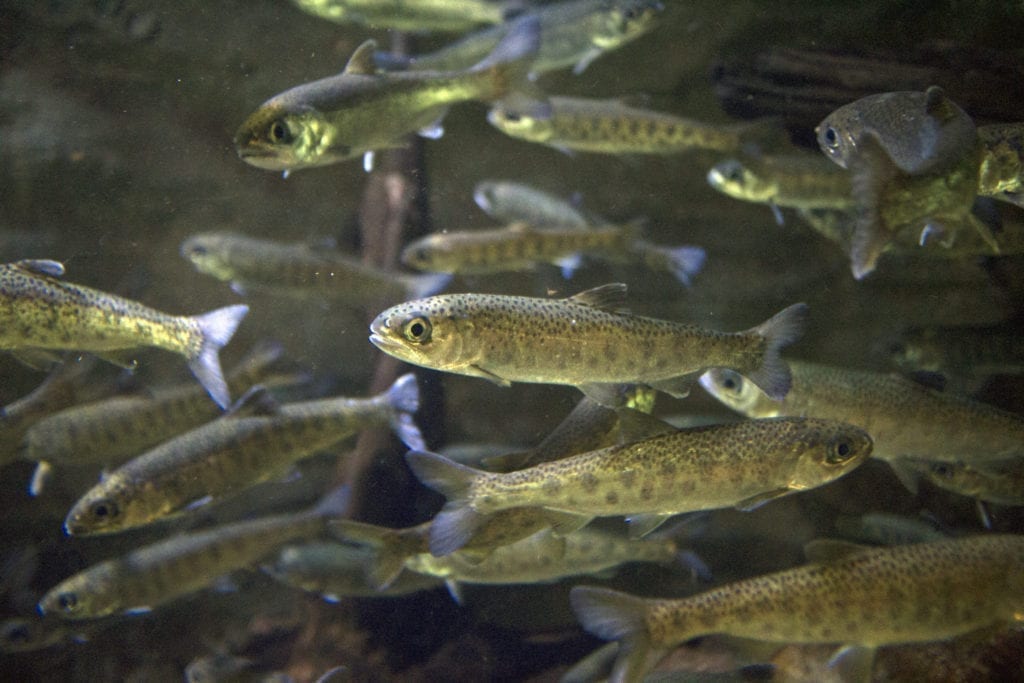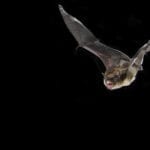On July 1st, 2016, the Canadian Journal of Microbiology welcomed Drs. Chris Yost and Kari Dunfield as the journal’s new Editors. Chris is the Canada Research Chair in Microbes, the Environment and Food Safety and a Professor at the University of Regina. Kari and Chris are replacing Drs. James J. Germida and Anthony J. Clarke—we are grateful for their hard work and commitment to the journal.
We spoke with Dr. Yost to learn a bit more about who he is and what he is interested in.
What first got you interested in microbiology?
The first experience that got me interested in microbiology was my first co-op placement during my undergraduate studies in the Biochemistry and Microbiology Department at the University of Victoria. I was hired as a co-op student for a summer research term at the Lethbridge Agriculture and Agri-Food Canada research station. I worked in the lab of Dr. Michael Hynes and was given a project to study plasmids from a symbiotic nitrogen fixing strain of Sinorhizobium meliloti. Without a doubt, it was my favourite summer job and learning the importance of microbes in agriculture stuck with me.
You recently served as the President of the Canadian Society of Microbiologists (CSM). What was that experience like? Why do you think serving for your academic society is important?
The membership of the CSM includes internationally recognized microbiologists and it was both humbling and an honour to serve as the society President. My tenure as President reinforced my earlier experience that Canada has a vibrant presence in microbiology research. Societies play a critical role in nurturing the scientific research community. For example, the CSM devotes a substantial amount of its resources on student support and professional development of the next generation of Canadian microbiologists. I think that support for students is critical to maintaining and growing microbiology research in Canada.
Part of your research focuses on the interactions between Rhizobium and the root nodules of legumes. This research has implications in both the global nitrogen cycle and the farming of peas, lentils, soybeans, and other legumes. How do you describe your research focus for the non-scientist audience?
The United Nations declared 2016 the year of the pulse crop which includes peas, lentils and beans. I think the UN wanted to draw public attention to the importance pulse crops have in global food security and sustainable agriculture. My research is focused on the fundamental biology of Rhizobium and it is through the advancement of foundational knowledge that practical discoveries are made. Perhaps the greatest impact though will be through training of students and encouraging them to continue in agriculturally focused microbiology research. The next generation microbiologists will undoubtedly contribute to helping to increase sustainable agriculture while improving global food security.
I imagine that your lab has a strong relationship with other labs in the country that are trying to answer similar questions. How would you describe the current state of microbiology research in Canada? How do different labs support one another and collaborate?
The current state of microbiology in Canada is very strong and is reflected by the vibrant activities of the Canadian Society of Microbiologists. Many Canadian microbiologists are international leaders in their specific disciplines, and scanning news articles in national media outlets one can often find the media profiling the work of Canadian microbiologists. Collaborations are important for advancing our research and I have enjoyed many productive collaborations at both a national and international level. My most successful collaborations are from those where different labs can bring a unique expertise to the project which results in a synergistic approach to discovery based research.
You have previously worked as a research scientist with Agriculture and Agri-food Canada. How has that government experience influenced the way you approach your academic studies?
It has proved a wonderful opportunity to expand my collaborative network. I continue to enjoy productive relationships with AAFC researchers, some of which I developed while I was an AAFC researcher and still maintain.
The other arm of your research looks at the movement of disease-causing fecal bacteria from the environment into our food supply. What are some common misconceptions that exist around the presence of fecal bacteria in our food? What can we do to be better informed about these risks and protect ourselves?
I think the public is gaining a better appreciation for the importance of treating food safety from a farm to fork approach. Certainly, protecting our source water and soils from contamination from microbial threats is a critical component to the farm to fork food safety strategy. The other appreciation that is starting to become more prevalent is the concept of ‘One Health’ whereby environmental health and animal health are intimately connected to human health and this is particularly relevant within our food production.
What motivated you to become Editor of the Canadian Journal of Microbiology?
I was motivated by the close relationship between CSM and CJM and the support that Canadian Science Publishing has provided to the CSM. I think scholarly journals that support the efforts of scientific societies are important for the long-term health of effective scientific communication. I think there can be strong synergy between these two organizations and I want to help support this synergy and find further ways to increase the impact of CJM in communicating impactful microbiology research.
You joined the editorial team of CJM on July 1st at the same time as Dr. Kari Dunfield from the University of Guelph. Have you worked with Dr. Dunfield before? What do you think the two of you will bring to the journal?
Dr. Dunfield and I are regular attendees of the CSM annual scientific conference and we frequently chat about science during the meetings. Our research programs also have points of intersection and I enjoy following Dunfield’s research successes. I think we are both honoured by the position and we are both dedicated to continuing the vision of CJM as a journal that publishes quality research and facilitates communication among microbiologists.
What are you excited for in your new position as journal editor?
It is an exciting time as the landscape of scientific publishing is changing quickly and substantially. I think CJM can play an important role in supporting microbiology researchers and graduate students with communicating their research effectively. It is a competitive landscape with many journals competing for the high quality work of microbiologists. I am excited to work with Dr. Dunfield to continue to build on CJM’s established strengths while identifying new ways to provide microbiologists with an timely, rigorous review process and to broadly highlight the quality of the submissions that are published by the CJM.
What do you like to do in your free time?
I take advantage of any free time to spend it with my family. We enjoy the prairie winds and go sailing and camping in the summer and try to get out to the Rockies for skiing in the winter.










